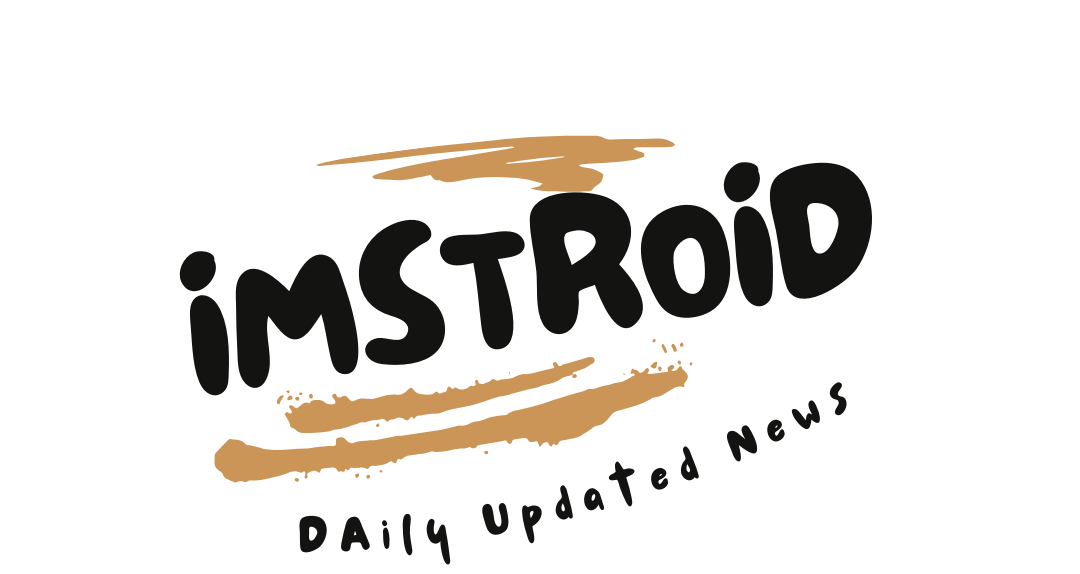The Jewish calendar, also known as the Luach Hatzibur, plays an integral role in guiding the religious life of Jewish people. It serves as the foundation for their rituals, holidays, and even their daily lives. But what exactly is the Luach Hatzibur, and why is it so significant?
In this article, we will explore the meaning of Luach Hatzibur, its historical development, the various components that make it up, and the ways it impacts Jewish religious observance.
What is Luach Hatzibur?
Luach Hatzibur, often referred to as the Jewish calendar, is a religious timetable used by Jewish communities worldwide to mark the dates of Jewish holidays, fast days, and the weekly Torah portions. It is based on a lunisolar system, meaning it combines both the cycles of the moon and the sun to create months and years.
The term “Luach Hatzibur” translates to “public calendar” in Hebrew, highlighting its use in communal settings, such as synagogues and Jewish community events. It is a tool not just for individuals but for entire communities to ensure they observe religious events correctly.
The Structure of the Jewish Year
The Luach Hatzibur divides the year into twelve months, although occasionally a leap month is added to align the lunar and solar cycles. The months are typically 29 or 30 days long, reflecting the moon’s cycles. The Hebrew months are:
-
Nisan (March-April)
-
Iyar (April-May)
-
Sivan (May-June)
-
Tammuz (June-July)
-
Av (July-August)
-
Elul (August-September)
-
Tishrei (September-October)
-
Cheshvan (October-November)
-
Kislev (November-December)
-
Tevet (December-January)
-
Shevat (January-February)
-
Adar (February-March)
In a leap year, an additional month called Adar II is inserted after Adar I, ensuring that the calendar remains aligned with the solar year. This additional month ensures that important festivals like Passover (Pesach) always fall in the spring.
Key Components of the Luach Hatzibur
a. The Days of the Week
The days of the week in the Luach Hatzibur follow a seven-day cycle, beginning on Sunday and concluding on Saturday. This cycle is central to Jewish life, with each day designated for specific prayers and activities. The most significant day is Shabbat, observed from Friday evening to Saturday evening.
b. The Jewish Holidays
Jewish holidays are a core component of the Luach Hatzibur. These holidays mark religious and historical events and are observed with specific customs and rituals. Some of the major holidays include:
-
Rosh Hashanah (Jewish New Year)
-
Yom Kippur (Day of Atonement)
-
Sukkot (Festival of Booths)
-
Pesach (Passover)
-
Shavuot (Festival of Weeks)
-
Hanukkah (Festival of Lights)
These holidays, along with their corresponding dates, are clearly indicated on the Luach Hatzibur, helping Jews observe these times of spiritual significance.
c. Fast Days
The Luach Hatzibur also includes dates for various Jewish fast days, such as Tisha B’Av, the Fast of Gedaliah, and Yom Kippur. These fasts commemorate tragic events in Jewish history and are marked by specific rituals, including refraining from food and drink.
The Significance of the Luach Hatzibur in Jewish Life
The Luach Hatzibur is more than just a calendar; it is a tool that governs the daily life of Jewish communities. From the weekly Torah reading cycle to the observance of festivals and fasts, the calendar provides structure and meaning to time itself. It allows Jewish communities to stay connected with their religious heritage and traditions.
a. Guiding Religious Observance
Every aspect of Jewish life is influenced by the dates provided in the Luach Hatzibur. Whether it’s the timing of Shabbat, when families gather for prayers and meals, or the dates for fasting during periods of repentance, the calendar governs these practices. The Luach Hatzibur gives direction to the Jewish faith, ensuring that its followers adhere to the commandments (mitzvot) that guide their spiritual and communal life.
b. Preserving Tradition
The Luach Hatzibur preserves the integrity of Jewish traditions by providing an accurate framework for observing holidays and rituals. By adhering to this calendar, Jews ensure that they maintain the rhythm of their faith, passing it down to future generations. The consistency of the calendar allows each generation to engage with the traditions of their ancestors, fostering a deep sense of continuity.
c. Bringing Communities Together
The Luach Hatzibur is central to communal worship. Whether it’s celebrating the joyous occasion of Pesach or mourning the loss of the Jewish Temple on Tisha B’Av, the calendar unites Jews worldwide. It ensures that Jews, regardless of their location, can celebrate and mourn at the same time, strengthening the bonds of the global Jewish community.
Luach Hatzibur and Its Role in the Synagogue
In many Jewish communities, the Luach Hatzibur is displayed in synagogues for public reference. It helps congregants know when holidays are approaching, and it often includes additional details such as the times for prayer and the weekly Torah portion.
The synagogue schedule is also dictated by the Luach Hatzibur. For instance, the daily prayers, Shabbat services, and holiday observances are all based on the dates outlined in the calendar. It acts as a central reference point for religious leaders and members alike, helping them keep track of the rhythm of Jewish worship.
Technology and the Luach Hatzibur
In recent years, the Luach Hatzibur has adapted to modern technology. Many Jews now use digital calendars and apps to keep track of the dates and rituals. These digital tools offer reminders for Shabbat, holidays, and fast days, ensuring that even in an age of fast-paced living, Jews can still observe their traditions with precision.
The Jewish Year and Its Connection to the Luach Hatzibur
The Jewish year, as outlined by the Luach Hatzibur, is divided into cycles that represent different themes of spiritual growth. For instance:
-
Tishrei is a month of renewal, with Rosh Hashanah and Yom Kippur leading to a period of reflection and repentance.
-
Pesach in the spring symbolizes freedom and redemption, while Sukkot celebrates the harvest and God’s protection during the Israelites’ journey through the desert.
Each holiday’s placement within the year is symbolic, offering a structured approach to spiritual development.
Conclusion: The Luach Hatzibur’s Vital Role in Jewish Life
In conclusion, the Luach is not just a mere tool for keeping track of dates—it is a central pillar of Jewish life. It dictates the flow of time for religious observances, holidays, fasts, and even daily activities. By following the Luach, Jewish communities are able to preserve their traditions, maintain continuity with their ancestors, and strengthen their bonds with one another.
The Jewish calendar allows individuals and communities to sanctify time, making each moment meaningful. Whether it’s the weekly Torah portion, the celebration of a major festival, or the observance of a fast, the Luach ensures that the rhythms of Jewish life are preserved and followed. It is a reflection of the deep connection between the Jewish people and their faith, guiding them through the seasons of life with meaning and purpose.
The Luach serves as a powerful reminder that time, in the Jewish faith, is not merely a sequence of days and months—it is sacred, marked by moments of reflection, joy, and communal unity.


